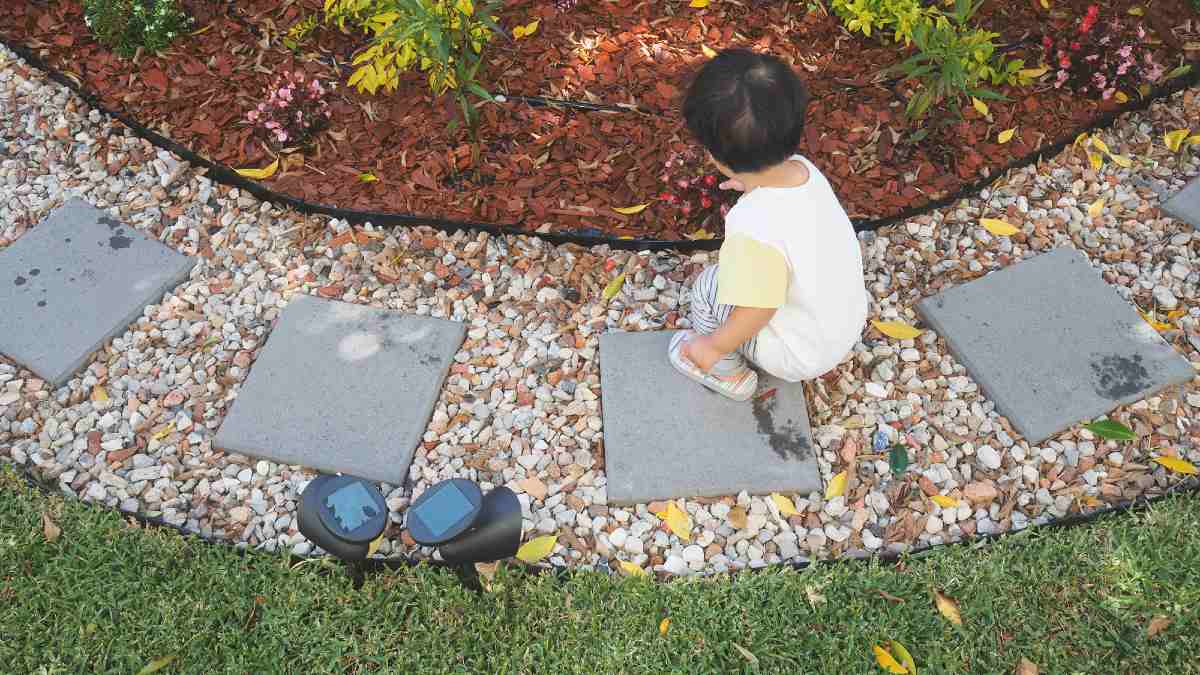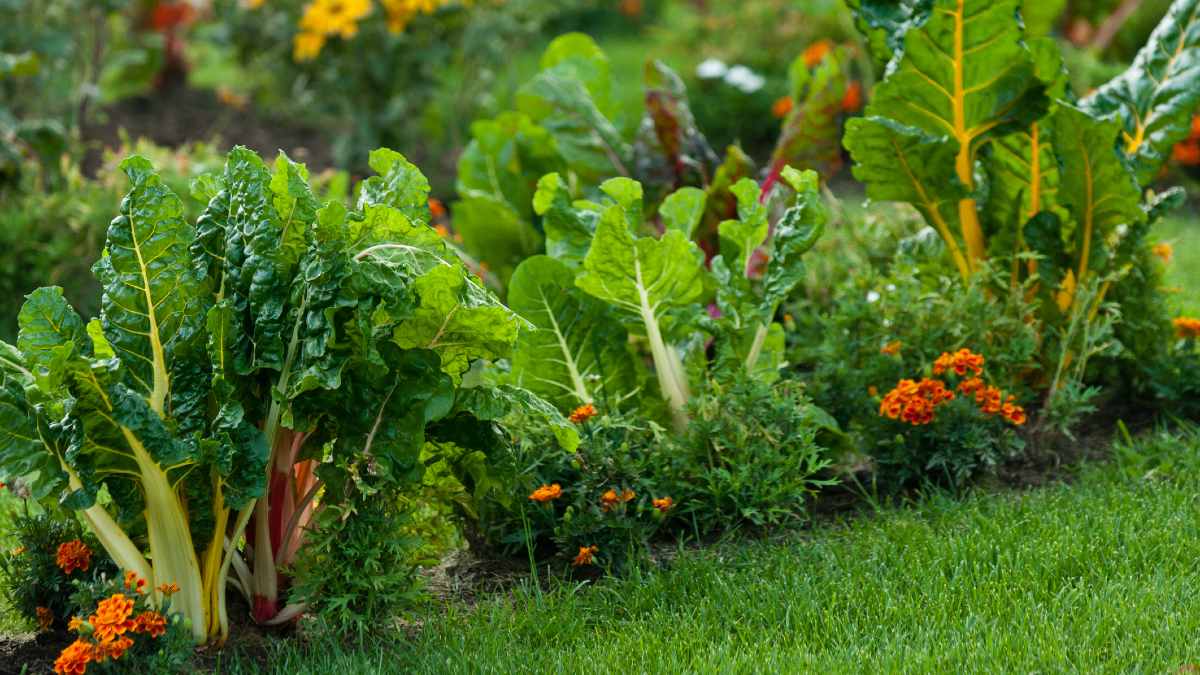Regular tree trimming is essential for tree health and property safety. Here's what you need to know about trimming and pruning your trees, especially before storm season.
Low-maintenance and eco-friendly alternatives to grass lawns

Traditional grass lawns can look nice, but there are just as beautiful alternatives that require much less work and resources.
There’s no denying the appeal of a lush green lawn. Unfortunately, that ideal is often undercut by the realities of maintaining such a landscape feature.
Natural lawns are great for relaxing on, playing with the kids and great looking, but too much or unused lawn can make for a costly and high-maintenance garden.
Rethinking how to use the space taken up by your lawn can reap a host of benefits, not just for you, but for the environment as well.
Why change your lawn
There are many reasons to swap out your lawn.
Traditional grass lawns require a lot of water to remain healthy, which isn’t always available in a drought and flood-prone country like Australia. According to Your Home, the Australian Government’s environmentally sustainable home guide, lawns use up to 90 per cent of all water expended gardens.
Even if our water reserves are high, having a lawn can increase your water bill as well as incur other physical or financial tolls (depending on whether you choose to mow your lawn yourself or hire a professional).
Your lawn can have ecological drawbacks as well. Government data also shows that traditional petrol-powered lawn mowers and trimmers account for five per cent of air pollution in some countries, though cleaner, electric lawn equipment now also exists.
Having a grass lawn isn’t all bad news, however. They do help reduce heat in urban environments and are great at helping prevent water runoff.

Using multiple landscaping features to replace all or some of your lawn can save time and resources. Photo: Getty
Be creative
Conventional grass lawns often take up a large swathes of space in a garden – they’re the only feature, or the largest feature, in any singular space.
But if you’re thinking of replacing your grass lawn, it’s often easiest to do so through a combination of landscaping alternatives.
For example, a grass lawn could be replaced with mulch garden beds around the lawn perimeter, with stone pavers in the centre and ground cover plants filling the space around the pavers. You don’t even have to remove your entire lawn to reap the benefits – reducing lawn space will still save your time, energy, water and money.
Look to your local environment if you’re lacking inspiration. If you live in a naturally arid environment, consider replacing your lawn with a desert-inspired landscape that uses plants native to the region. If you live in a coastal region, think about what plants and features will work with the sandier soil and weather conditions.
Depending on your local by-laws you can even repurpose the grass on your nature strip.
How to remove your lawn
If you’re looking to replace your lawn with an alternative, the first step is to remove it. If you’ve got a small lawn (such as in a courtyard) you can get away with simply using a spade and a fair bit of elbow grease to dig up the grass.
But if you’ve a larger lawn, or don’t have the time or energy to dig, smothering the lawn is another way to remove the grass, plus you won’t lose as much soil in the process. Grass can be smothered with anything from cardboard to plastic tarps and metal sheeting – you're basically looking to cut off the lawn’s supply of sunlight. Depending on the type of grass, it can take one to three months to smother a lawn.
Once smothered, rake up any dead grass and then (depending on your chosen lawn replacement) you’re good to go.

Planting a vegetable garden around your lawn reduces your ime spent mowing and can reduce your grocery bill. Photo: Getty
Lawn alternatives
Vegetable or herb gardens
Converting your lawn into arable garden beds for vegetables means not only less mowing, but less money spent on groceries as well.
Lawns that get at least four hours of full sun per day are the best candidates for vegetable garden conversion, as veggies really need sunlight to thrive.
Once you’ve removed the lawn, you’ll need to enrich the soil for growing vegetables. Use a garden fork to aerate the dirt and break up any big clumps. This will help with drainage and allow you to remove any grass ‘runners’ (the thick grass roots that might still be alive in the deep soil) to prevent the lawn from trying to take hold again.
Add organic material like compost or manure to the soil and then give it all a good water. You’re now ready to plant your first homegrown crops – here's how to get started.
If you like the idea of turning your lawn into an edible landscape but aren’t ready for veggies, starting a herb garden is one option. Some herbs like creeping thyme and chamomile are particularly well suited as ground cover replacements for grass.
Native grasses
Yes! You can have your lawn and let it be native too! Australia has several native grass species that can be used for lawns, many which (like weeping grass) are just as plush to lounge on as their non-native counterparts.
The benefits of using a native grass species include reduced water usage (native grasses are adapted to Australia’s drier, drought-prone climate), less money spent on fertilizer, and potentially increased biodiversity with more insects attracted to the native plants.
Mulch
Broaden your perception of mulch. Sure, it’s a great insulator for plants, but you can also extend it to act as a lawn alternative. Technically you could replace your entire lawn with mulch, but it works best in partnership with other features, such as creating wide mulched garden beds with interconnecting paths.
Mulch comes in many varieties with different aesthetic and practical uses as well, so it’s a versatile lawn replacement. Use organic mulches to create garden beds and to surround trees and shrubs, while inorganic mulches (like pebbles) are great for creating paths.
Pavers, paths and patios
Reduce the amount of lawn in your garden and increase your entertaining space. Installing pavers or a patio can break up large chunks of lawn while also providing outdoor spaces in which to place outdoor furniture settings, or even an outdoor kitchen.
One drawback of paving is that it increases water run off (unlike lawns, mulch and garden beds which reduce water run off). Be mindful of where you’re installing paving to reduce the possibility of water damage in your home, particularly if you live in a flood-prone area.
Meadow lawns
These lawns consist of a variety of grasses, shrubs and flowers (often native) that are sown together and allowed to grow freely, recreating a similar look and ecosystem to a meadow found in nature.
The appeal of meadow gardens is that they’re low maintenance, but more resilient and biodiverse than conventional low-maintenance plantings.
Although they’re not as common in Australia as they are in Europe and the United States, they are gaining traction. The Woody Meadow project is a collaboration between the University of Melbourne City of Melbourne council, the University of Sheffield and the Royal Botanic Gardens Victoria, that has been developing meadow lawns and gardens in sites across the city.
Those thinking about creating their own meadow garden can even access the project guidelines and planting lists as part of the project.
Synthetic grass
For those who want a conventional lawn with none of the mowing, there’s always the artificial option. While synthetic lawns are more expensive to install than normal turf, and only last up to 20 years, can you really put a price on convenience?
While they may look natural, some synthetic lawns can get quite hot during summer and often aren’t as soft as natural grass. They still require some maintenance and have environmental drawbacks – the man-made lawn doesn’t break down and removes food and habitat for insects and birds.
If you’re struggling to decide between fake and real grass, check out our full explainer of the pros and cons of artificial grass here.


